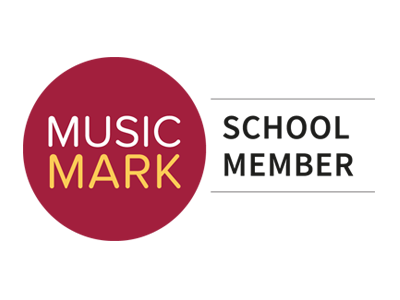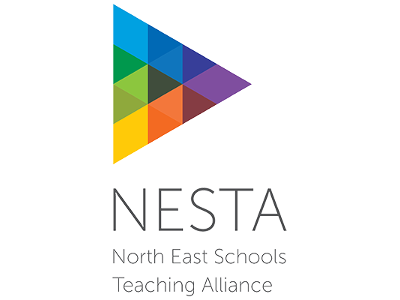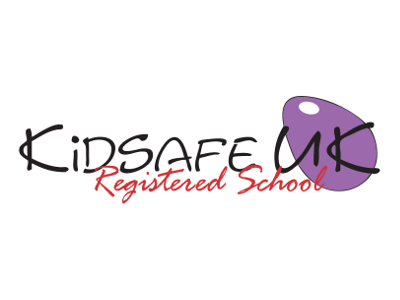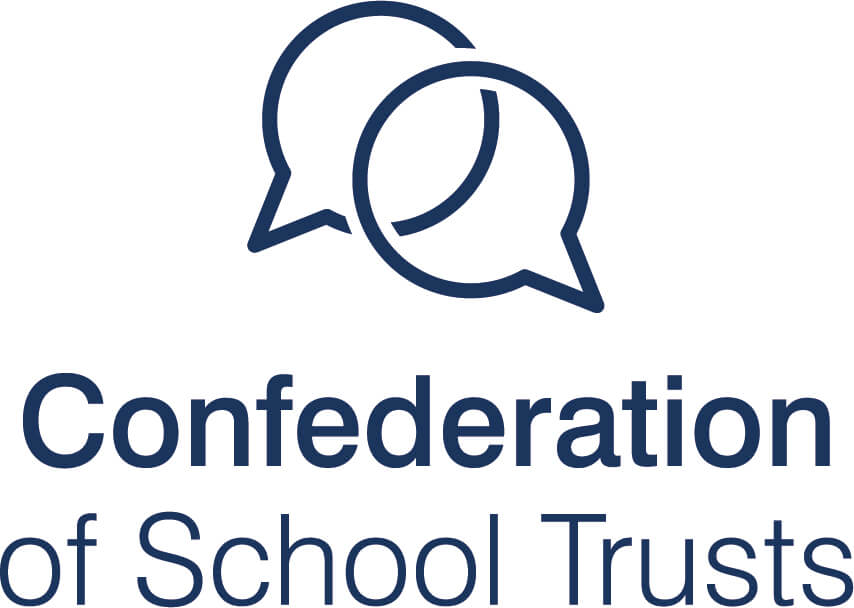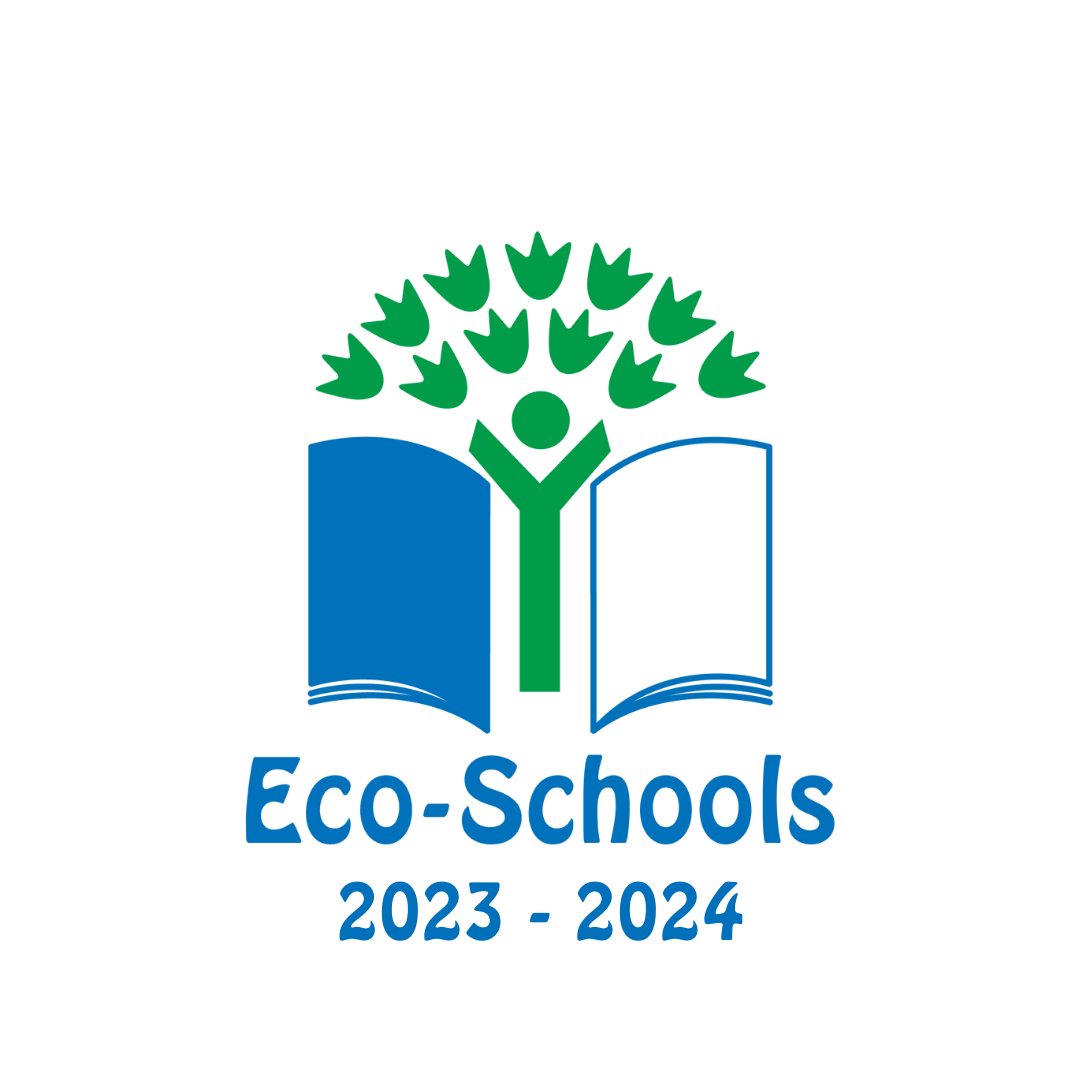Music – Year 3
Download
Download our Year 3 Music curriculum here.
Listening and understanding
|
Elements of music
|
Textiles
|
| Pitch: distinguish between steps, leaps and repeats in melodies; major and pentatonic scales
Duration: consolidate understanding of how rhythmic patterns fit to the steady beat; begin to understand 2, 3 and 4 metre
Dynamics: understand and identify getting louder and quieter
Tempo: understand and identify getting faster and slower
Texture: recognise the density of different textures
Timbre: identify a range of non percussion instruments by name; distinguish between different ways of playing percussion instruments
Structure: develop understanding of a range of repetition and contrast structures, including use of ostinati
Applying understanding
- Identify how combinations of elements are used in a variety of musical styles, and to communicate musical effects
- Identify different families of instruments and their qualities
- Use and explore notations which are linked to understanding of elements to communicate own musical ideas, including relative pitch
- Identify composers’ intent in music heard and performed
- Identify how music is produced in different ways including the use of ICT
Normanby University
Grade 1
- Note values of semibreve, minim, crotchet, quaver and semiquaver, and their equivalent rests. Tied notes. Single dotted notes and rests.
- Time signatures of 2/4 3/4 4/4.
- Composition of a two-bar rhythms.
- The stave. Treble (G) and bass (F) clefs.
- Names of notes on the stave, including middle C in both clefs. Sharp, flat and natural signs and their cancellation.
|
Contexts or Purposes
|
Controlling
|
- Extend accuracy of vocal range (use low A-C’ as a guide)
- Continue to develop expressive effect and quality of sound when singing through increased control of diction, dynamics and tempi
- Sing rounds and partner songs, maintaining accuracy of pitch.
- Demonstrate accuracy and control of technique on full range of unturned percussion and begin to use recorders and own instruments
- Practice use of two beaters on tuned percussion
- Maintain steady beat, and copy and match rhythm patterns in 2, 3 and 4 metre
- Use and follow hand and eye signals to direct and lead
- Improve their own work
- Rehearse and perform individually, in pairs, groups and as a class with increasing awareness of balance
|
Creating
Use acoustic sounds and ICT to… |
- Explore the way sounds can be combined and used expressively
- Improvise short repeated rhythmic patterns, building a repertoire of patterns and sequences
- Begin to combine layers of sounds with awareness of the combined effect
- Experiment with capturing, repeating and re-ordering sound patterns and sections of music
|
Responding and reviewing
|
- Compare and contrast music heard and performed with an awareness of the music’s context and purpose
- Use a variety of art forms to respond to character, mood and other elements of music
- Build an appropriate musical vocabulary and use when talking about music and developing the ability to express an aesthetic response See vocabulary list in the appendices
- Improve their own work and others’ work with an awareness of the music’s context and purpose.
|
Reviewed by S. Trenholm, S. Gills & R. Lawler Summer Term 2012
February 2014 reviewed SH, AD, GC, CA




